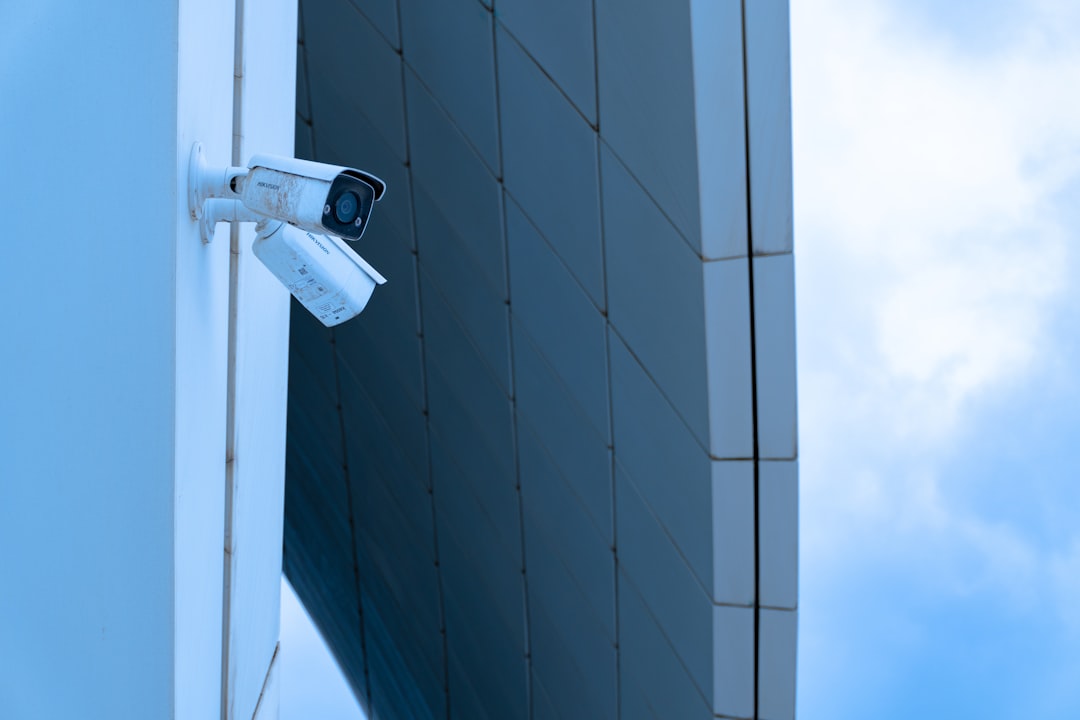In the world of web infrastructure and cybersecurity, few companies are as widely known yet misunderstood as Cloudflare. With over 20 million Internet properties under its protection, Cloudflare’s role in routing, optimizing, and securing web traffic has become essential. However, as its network grows, so do the misconceptions—especially when it comes to the topic of proxies.
Proxies are a foundational element of how Cloudflare operates, and understanding the myths vs reality around this topic is crucial for business owners, developers, and privacy advocates alike.
Myth #1: “Cloudflare is just a proxy provider.”
This is a common oversimplification of Cloudflare’s services. While Cloudflare does act as a reverse proxy—intercepting and routing traffic between the client (browser) and the origin server—its functionality goes much further.
- Security Gateway: Cloudflare actively defends against DDoS attacks, malicious bots, and other threats in real time.
- Performance Enhancer: With built-in caching, load balancing, and latency reduction, websites using Cloudflare often see a measurable boost in speed.
- Compliance & Privacy: Cloudflare adheres to various data privacy regulations and provides features like encryption and Zero Trust tools for compliant access control.
Reality: Cloudflare is not just about hiding IP addresses. It acts as a comprehensive security, optimization, and performance platform.
Myth #2: “Cloudflare prevents all scraping and proxy-based access.”
Another widespread belief is that Cloudflare completely blocks data scraping and various forms of proxy usage. While it makes unauthorized scraping harder, it doesn’t outright prevent all automated access. Instead, Cloudflare provides granular tools that allow site owners to create custom rules for what traffic gets through.
Additionally, Cloudflare uses a combination of techniques:
- JavaScript challenges and CAPTCHAs to verify human users
- Browser fingerprinting to detect suspicious agents
- Rate limiting APIs and firewall rules to enforce thresholds
Yet, attackers can still find loopholes, especially if the website owners do not configure their Cloudflare settings properly.
Reality: Cloudflare provides defenses against scraping, but complete protection depends on how well individual site rules and filters are implemented.

Myth #3: “If you’re behind Cloudflare, your real IP is completely hidden.”
Cloudflare does act as a shield by hiding your server’s real IP address and routing traffic through its own global network. However, this is only effective if the origin server address is not exposed in public databases, DNS history records, or misconfigured server headers.
This is a critical oversight for many site operators. If the origin IP is ever exposed due to poor setup, adversaries can bypass Cloudflare and attack the server directly.
To ensure full IP protection, experts recommend several best practices:
- Use proper firewall rules to allow only Cloudflare IP ranges
- Lock down ports and unnecessary services
- Avoid sending sensitive headers that reveal origin IP
Reality: IP masking through Cloudflare is effective, but only if the underlying configuration is secure and tight.
Myth #4: “Cloudflare supports abusive proxy behavior.”
Because Cloudflare is often used by websites to hide infrastructure or mitigate attacks, there’s a narrative that it supports websites engaged in malicious or questionable activities. While it’s true that Cloudflare does not censor clients based on content—unless required by law—it does take abuse seriously.
Cloudflare has a well-documented abuse reporting system, and it works with law enforcement and legal bodies when necessary. It’s also worth mentioning that Cloudflare cooperates with regulatory frameworks like GDPR and the Digital Services Act (DSA).

Reality: Cloudflare enforces acceptable use policies and does not turn a blind eye to abuse.
Final Thoughts
Cloudflare and proxies often go hand in hand, but conflating the two can lead to major misconceptions. Cloudflare’s proxy feature is just one part of a much larger ecosystem focused on web performance, security, and reliability. Whether you’re a developer troubleshooting routing issues or a business trying to optimize loading times, understanding the truth behind the myths can help you make informed decisions.
While Cloudflare’s infrastructure can certainly be complex, its purpose is clear: to create a faster, safer, and more resilient Internet. And when configured correctly, it can be a powerful ally in the fight against both cyber threats and performance bottlenecks.
